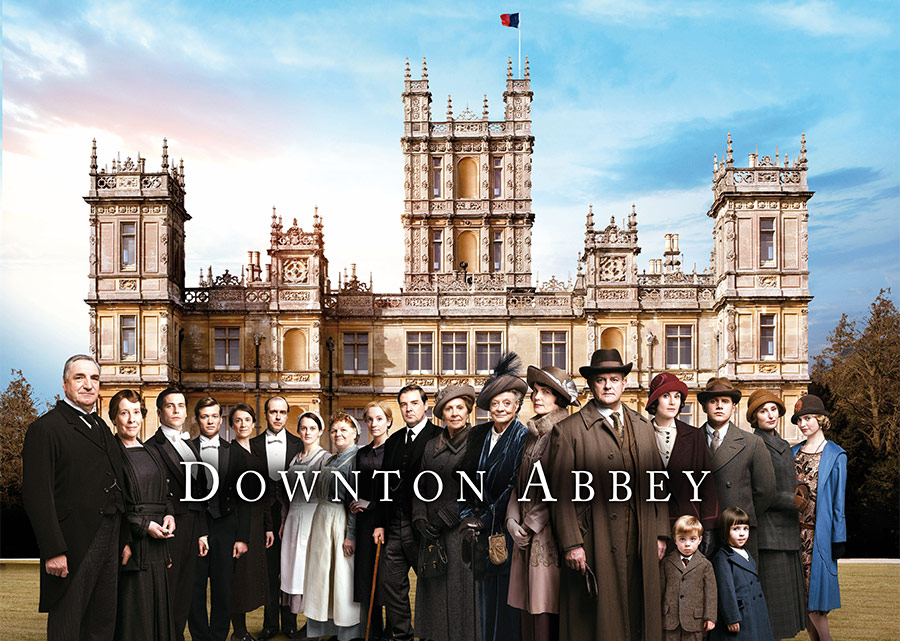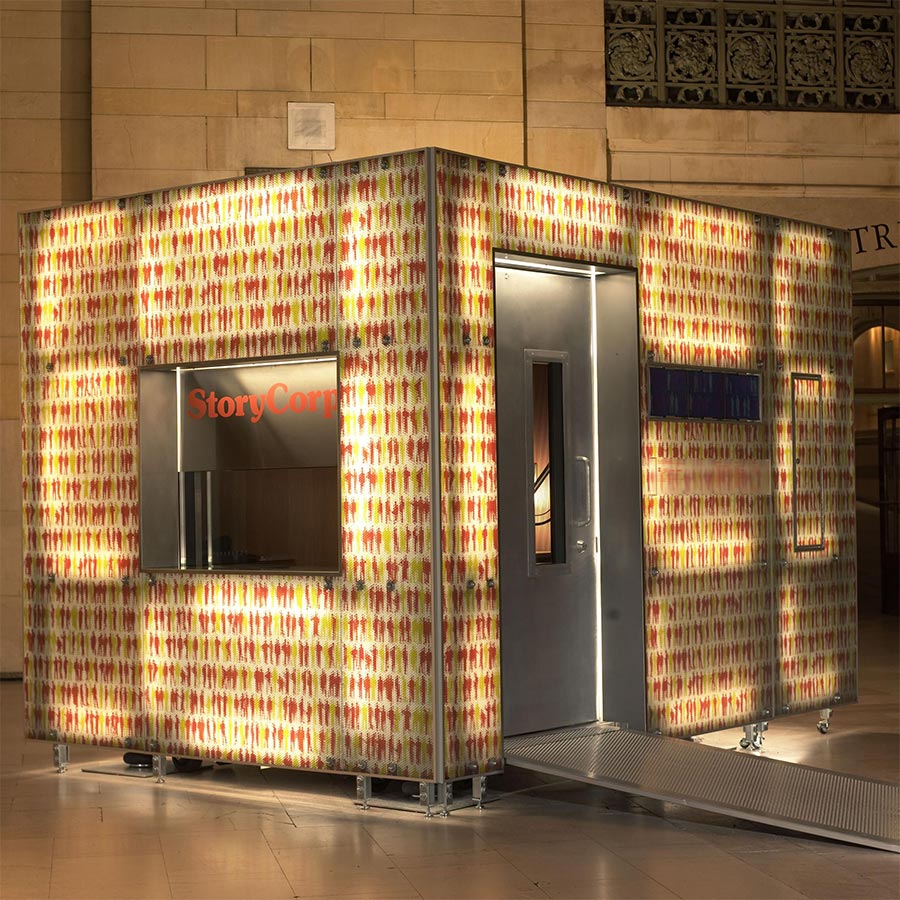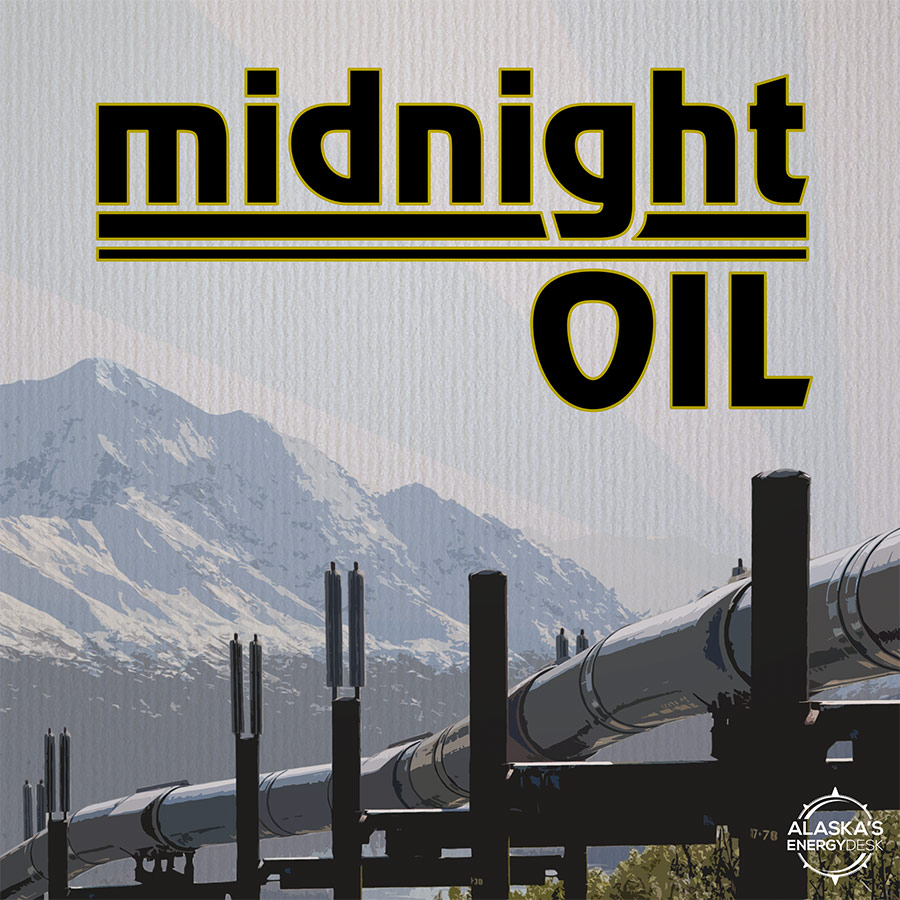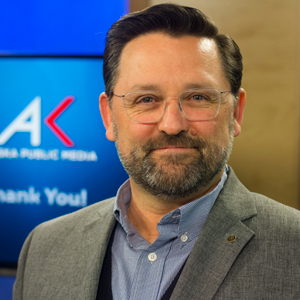What We Really Want: Engagement, Experiences, and Connection
By Edward J. Ulman
I believe the core principles driving public media can make your business more successful.
While it’s rare for business leaders to turn to an NGO for advice, think about this: A national study1 conducted in 2017 found that PBS and its member stations are rated #1 in public trust among nationally known institutions. This is the fourteenth year in a row that the American public put PBS ahead of the courts of law, cable and commercial television, online media, newspapers, and the federal government.
Do I have your attention now? Good. Let me tell you how we – and businesses people love to be loyal to – do it. It all begins with how you view your customers. In public media, we see people as citizens, not consumers.

Engagement: The Downton Abbey Effect
When PBS’s Masterpiece Theater aired its first episode on PBS member stations on January 10, 1971, who would have thought that one of its mini-series would run six seasons, establish various pop culture memes, earn 27 Primetime Emmy Nominations, and become a world-wide phenomenon? But that is exactly what happened when Downton Abbey, produced in partnership with the BBC and WGBH in Boston, began airing on January 9, 2011.
In anticipation of Downton Abbey’s third season, premiere screenings popped up in cities throughout the United States, hosted by local PBS member stations. Fans arrived in period costumes for the movie theater screenings, which would herald Downton Abbey becoming one of the most widely watched television drama shows in the world.
I was working for KBTC Public Television in Tacoma, Washington, at the time, and we hosted our own screening at the Landmark On The Sound, a former Masonic Retirement Center built in 1912 overlooking the Puget Sound. This historic building had all the features of a sprawling English estate. There was a large receiving area, a cozy ballroom, and, most importantly, a theater. KBTC staff wore post-Edwardian era period costumes selected, fitted, and donated by a local costume shop. When 500 Downton Abbey fans arrived for the premier, the majority wore period costumes dressed as their beloved characters.
American poet, writer, and civil rights activist Maya Angelou once said, “I’ve learned that people will forget what you said, people will forget what you did, but people will never forget how you made them feel.”
On that night, local PBS stations learned the power of engaging with viewers and listeners. Year-end giving to KBTC increased by 6% that December, and overall donations to the station increased by 12% that year. Although federal and state funding are in decline, individual giving is on the rise for the majority of PBS and NPR stations that operationalize a community engagement strategy.

Successful businesses serving Anchorage leverage this strategy as well. The Bear Tooth Theatre Pub & Grill is a prime example. This community-focused, outward facing business is a significant part of a local business partnership that engages people and organizations through collaborative events, while creating life-enhancing experiences for its patrons. Alaska Public Media has worked with them throughout the last several years, most recently on premiere screenings of the second season of Masterpiece Theater’s Victoria.
Experiences: The Driveway Moment
October 2003: In New York City’s Grand Central Terminal, a small recording studio sits on caster wheels. Inside are two seats, a small table, and a pair of suspended microphones. People walk or wheel up the entrance ramp to find that the recording studio is actually a “storybooth.” There is no host or moderator. Just two average people who happen by, sit down and engage in conversation while being recorded.
This was the start of NPR’s StoryCorps, a simple idea based on “preserving and sharing humanity’s stories in order to build connections between people.” It has resulted in some of the most honest, riveting, and heart-rending driveway moments in NPR history.
Based on its early success, StoryCorps became a weekly featured segment on NPR’s Morning Edition and launched two “mobilebooths” to capture human stories at NPR stations and iconic locations across America. In 2007, it received a Peabody Award, and its companion book, Listening Is An Act of Love, became a New York Times bestseller. In 2012, StoryCorps was awarded a second Peabody for its animations and audio stories commemorating the 10th Anniversary of September 11, 2001. A $1 million MacArthur Award for creative and effective institutions arrived in 2013, followed by a $1 million TED Prize to launch the StoryCorp app in 2015.
A small pebble was dropped into a sea of New Yorkers, and the experience rippled throughout the nation. By 2014, most NPR stations had partnered with StoryCorps in some way. In Anchorage, Alaska, KSKA 91.1 FM produced and aired StoryCorps segments featuring Alaska’s military families. During the past year, Alaska Public Media, along with Providence Health & Services, partnered with StoryCorps once again to produce segments featuring families with loved ones undergoing treatment for serious illnesses.
October 2003: In New York City’s Grand Central Terminal, a small recording studio sits on caster wheels. Inside are two seats, a small table, and a pair of suspended microphones. People walk or wheel up the entrance ramp to find that the recording studio is actually a “storybooth.” There is no host or moderator. Just two average people who happen by, sit down and engage in conversation while being recorded.
This was the start of NPR’s StoryCorps, a simple idea based on “preserving and sharing humanity’s stories in order to build connections between people.” It has resulted in some of the most honest, riveting, and heart-rending driveway moments in NPR history.
Based on its early success, StoryCorps became a weekly featured segment on NPR’s Morning Edition and launched two “mobilebooths” to capture human stories at NPR stations and iconic locations across America. In 2007, it received a Peabody Award, and its companion book, Listening Is An Act of Love, became a New York Times bestseller. In 2012, StoryCorps was awarded a second Peabody for its animations and audio stories commemorating the 10th Anniversary of September 11, 2001. A $1 million MacArthur Award for creative and effective institutions arrived in 2013, followed by a $1 million TED Prize to launch the StoryCorp app in 2015.
A small pebble was dropped into a sea of New Yorkers, and the experience rippled throughout the nation. By 2014, most NPR stations had partnered with StoryCorps in some way. In Anchorage, Alaska, KSKA 91.1 FM produced and aired StoryCorps segments featuring Alaska’s military families. During the past year, Alaska Public Media, along with Providence Health & Services, partnered with StoryCorps once again to produce segments featuring families with loved ones undergoing treatment for serious illnesses.
StoryCorps teaches us that everyone has stories to tell and experiences to share. Most of the audio and video content we produce is based on the power of local stories. Examples include 49 Voices, Community in Unity, Indie Alaska, Midnight Oil, and Vietnam Echoes. Learning about the experiences of local community members and sharing those experiences with others is one of the reasons for our success.
First National Bank Alaska understands this approach. They recognized that hard working and innovative business start-ups rarely received recognition for their entrepreneurial activities. So, they worked with the Anchorage Daily News to publish these stories as paid features. They have found that promoting these stories is good for the community, good for the start-up, and good for the bank. Everybody wins.

StoryCorps teaches us that everyone has stories to tell and experiences to share. Most of the audio and video content we produce is based on the power of local stories. Examples include 49 Voices, Community in Unity, Indie Alaska, Midnight Oil, and Vietnam Echoes. Learning about the experiences of local community members and sharing those experiences with others is one of the reasons for our success.
First National Bank Alaska understands this approach. They recognized that hard working and innovative business start-ups rarely received recognition for their entrepreneurial activities. So, they worked with the Anchorage Daily News to publish these stories as paid features. They have found that promoting these stories is good for the community, good for the start-up, and good for the bank. Everybody wins.

Connection: Life Informed
This past summer Alaska’s Energy Desk, which includes reporters from Alaska Public Media, KTOO in Juneau, and KUCB in Unalaska, tackled a huge story – the forty-year history of the Trans-Alaska Pipeline. The multimedia story, Midnight Oil, included an eight-episode podcast, 20 videos, and three radio talk shows. The videos were viewed more than 250,000 times, and the podcast was downloaded one million times. In addition, several video and audio segments aired nationally on NPR programs and the PBS NewsHour.
In a 2014 interview with the Wall Street Journal, Tim Cook, CEO of Apple, said, “In the long arc of time, you are only relevant if your customers love you.” At Alaska Public Media we understand what Tim Cook means and we have every intention of lasting through the long arc of time. How public media makes viewers and listeners feel is in our DNA. Our listeners, viewers, readers, members, and major donors tell us in writing, by phone, on air, and in person that they love what we do. This is an essential ingredient if you want people to love you – connection.
What’s the takeaway? People have so much to share with each other throughout the world. However, when others tell the story of your business, they control the narrative. Your businesses will connect with people when you tell your story.
1 Marketing & Research Resources, Inc.

Edward J. Ulman is the CEO/General Manager of Alaska Public Media, Alaska’s largest PBS, NPR, and statewide news organization. Ulman joined AKPM in May 2016. Since his arrival, Ulman has revitalized local television production, expanded statewide enterprise journalism efforts, and redefined community engagement while increasing TV, radio, and online audiences.
A jazz musician and an art enthusiast, Ulman began his public broadcasting career in Arizona, later working in New Mexico and Washington state before moving to Alaska.
Edward J. Ulman
CEO/General Manager
Alaska Public Media